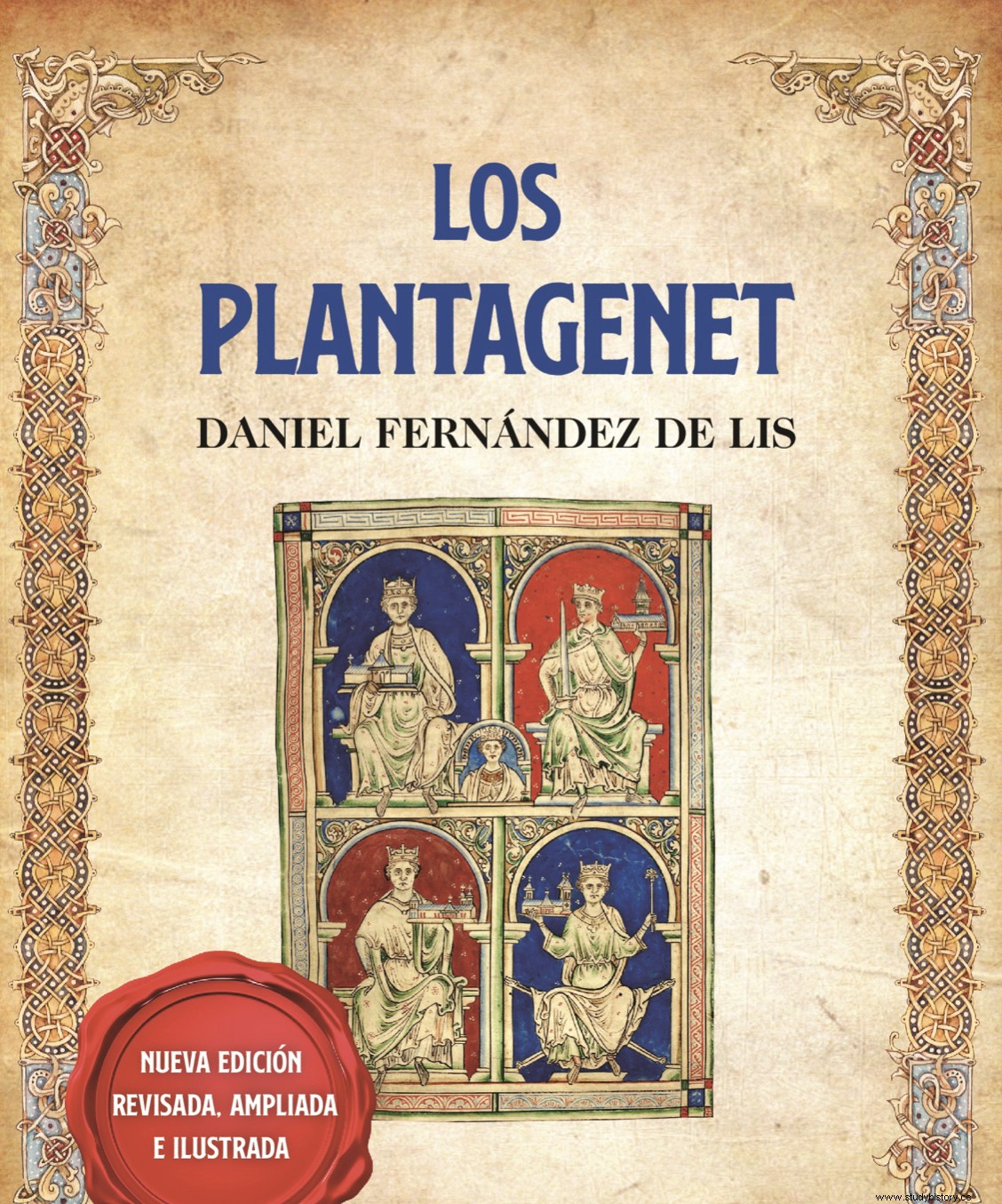 Entry taken from the book The Plantagenets
Entry taken from the book The Plantagenets
In the early 11th century it seemed that England was finally beginning to establish itself as a Saxon kingdom under the reign of the descendants of the Viking victor Alfred the Great. However, one of them Ethelred II, still fearful of the threat of the hordes coming from the North on his kingdom, after becoming a widower tries to strengthen relations between the two peoples. To do this, he decides to marry the sister of the Duke of Normandy, Emma. The name of this French region comes precisely from Norsemen ("the men of the North") and refers to the Vikings who settled there. Ethelred believes that the family bond between Norse and Norse will help protect the land of him from invasions by the former.
Ethelred and Emma marry in 1002 and from the beginning Emma's great concern is that her children inherit the crown of England. However, Ethelred's marriage to a descendant of her relatives settled in Normandy does not stop the Danish aspirations to conquer England and in 1013 a powerful Danish army, commanded by King Sweyn accompanied by his son Knut, invades England and Sweyn does with power. Ethelred and Emma are exiled along with her children to her land, Normandy.
Ethelred and Emma, without their children, return to England in 1014 on Sweyn's death, and reign again. However, only two years later Ethelred dies and, with his only son from his first marriage also deceased and those with Emma exiled in Normandy, Sweyn's son, Knut, emerges as the undisputed candidate for the throne.
Knut, or Canute in the English translation of his name, decides that the best way to establish his rule and cement his position as King of the English is to marry Ethelred's queen dowager, our protagonist Emma. Canute concentrates in his hands the government of the British Isles, Denmark. Norway and part of Sweden and he rules uncontested until his death in 1035. Harthacnut is born from his marriage to Emma.
Canute's death was followed by a period of uncertainty derived from the disputes between the candidates to succeed him on the throne, uncertainty increased by the leading role that the lords of the kingdom (Earls ) have been acquiring thanks to Canute's policy; among them especially Godwin Earl stands out from Wessex.
After a brief period in which the son of Emma and Canute, Harthacnut, wears the crown (1040-1042), the figure of one of the most remembered English monarchs emerges:Edward the Confessor, stepbrother of Harthacnut and son of Emma and Ethelred.
Edward, to whom his long years of exile in the land of his mother Normandy have left a special bond destined to play a decisive role in the history of England after the invasion of William the Conqueror, governs until his death in 1066 fighting against the harsh opposition from Godwin and his sons (the eldest of these, Harold is destined to be the last Saxon king to be killed in battle), … but the adventures of Edward, Godwin, Harold and the Normans are another story (part of it recounted in the entry of this blog dedicated to the importance of the year 1066 in the History of England:see 1066).
What we were interested in telling in this article is how the biography of Emma of Normandy ran parallel to that of England at the time, as Saxons (her husband Ethlered and her son Edward the Confessor), Danes (her husband Canute and her son Hartahcanut) and Normans (herself, her children exiled there, and her relative the future William the Conqueror). Emma died in 1052.
For those who want to know more about the fascinating history of medieval England in general, and in particular about the years narrated in this post, I recommend Peter Ackroyd's book The History of England. Volume I:Foundation or the complete work of Roy Strong The Story of Britain . There are also two excellent DVD series on the history of England:A History of Britain by Simon Schama, with the careful workmanship typical of a BBC production, and Monarchy by David Starkey.
Image| Emma of Normandy
